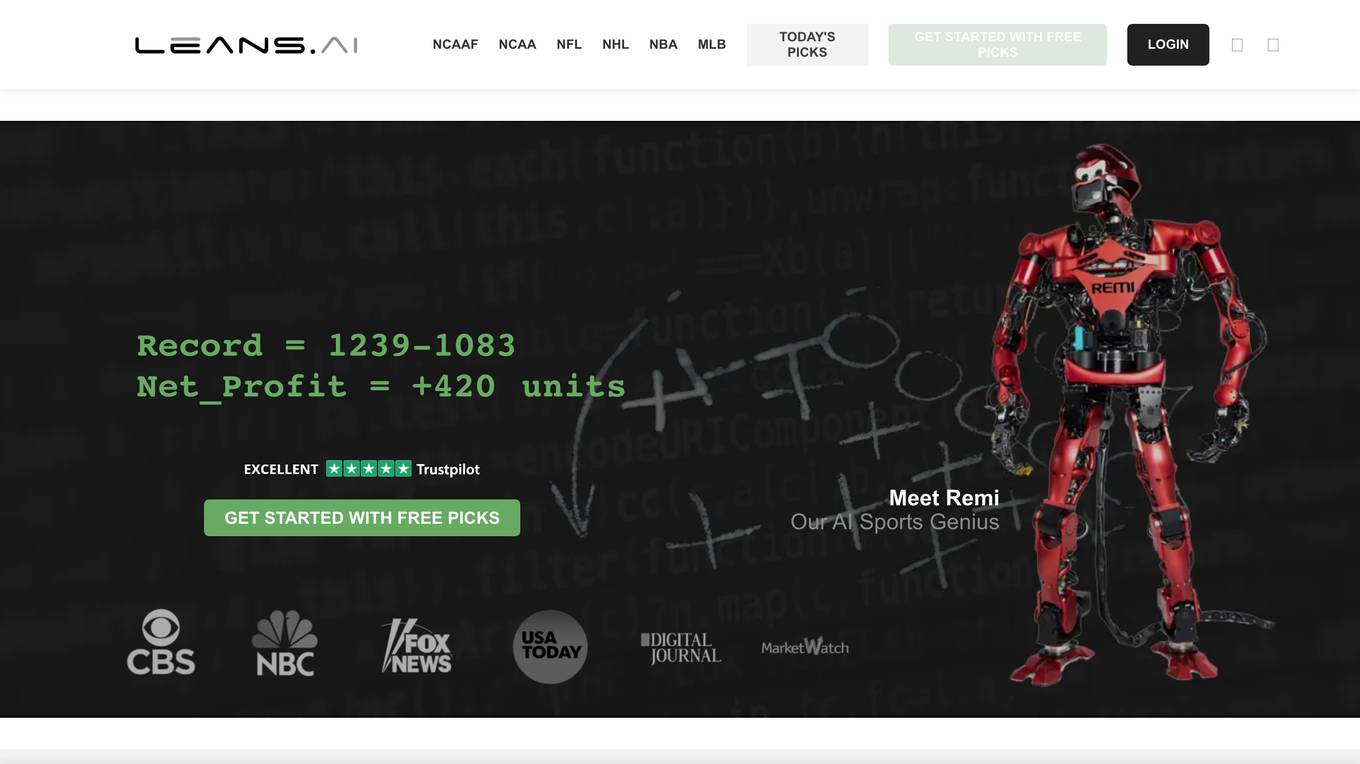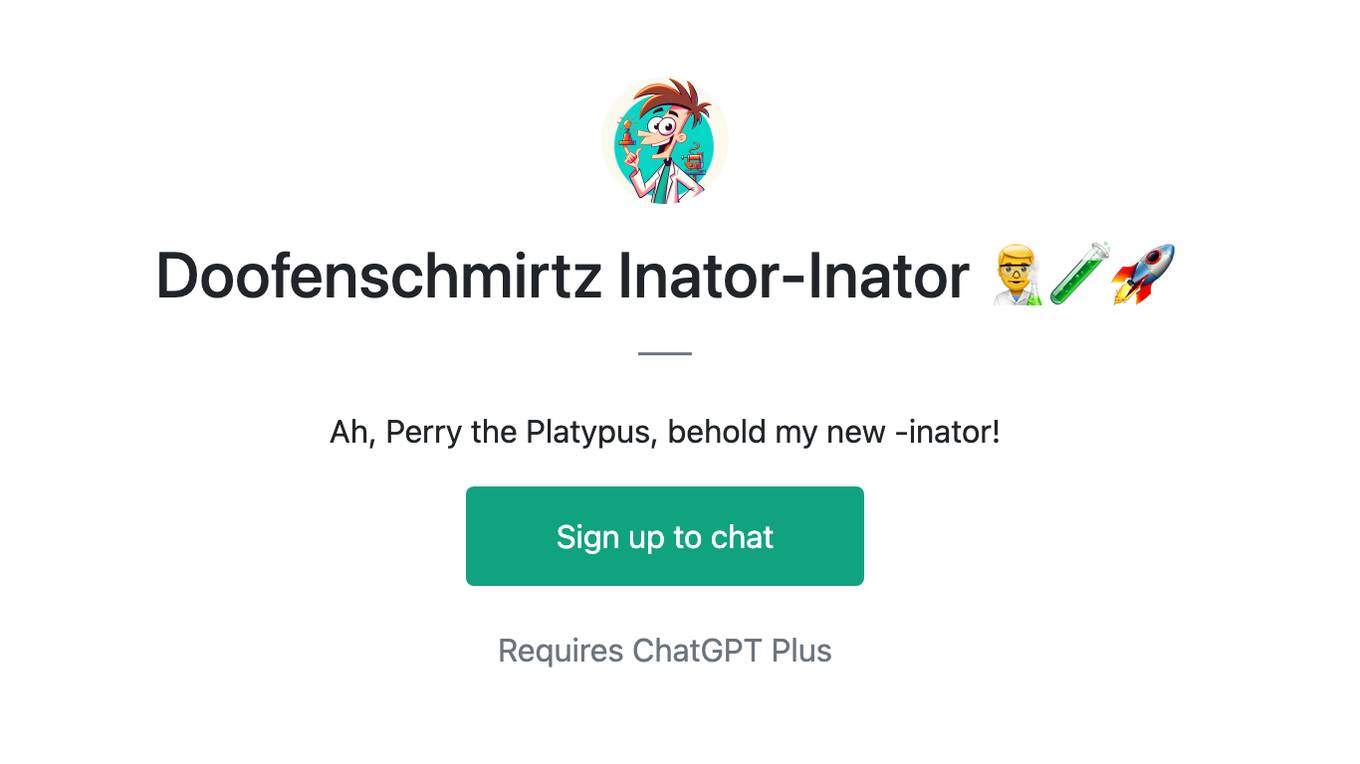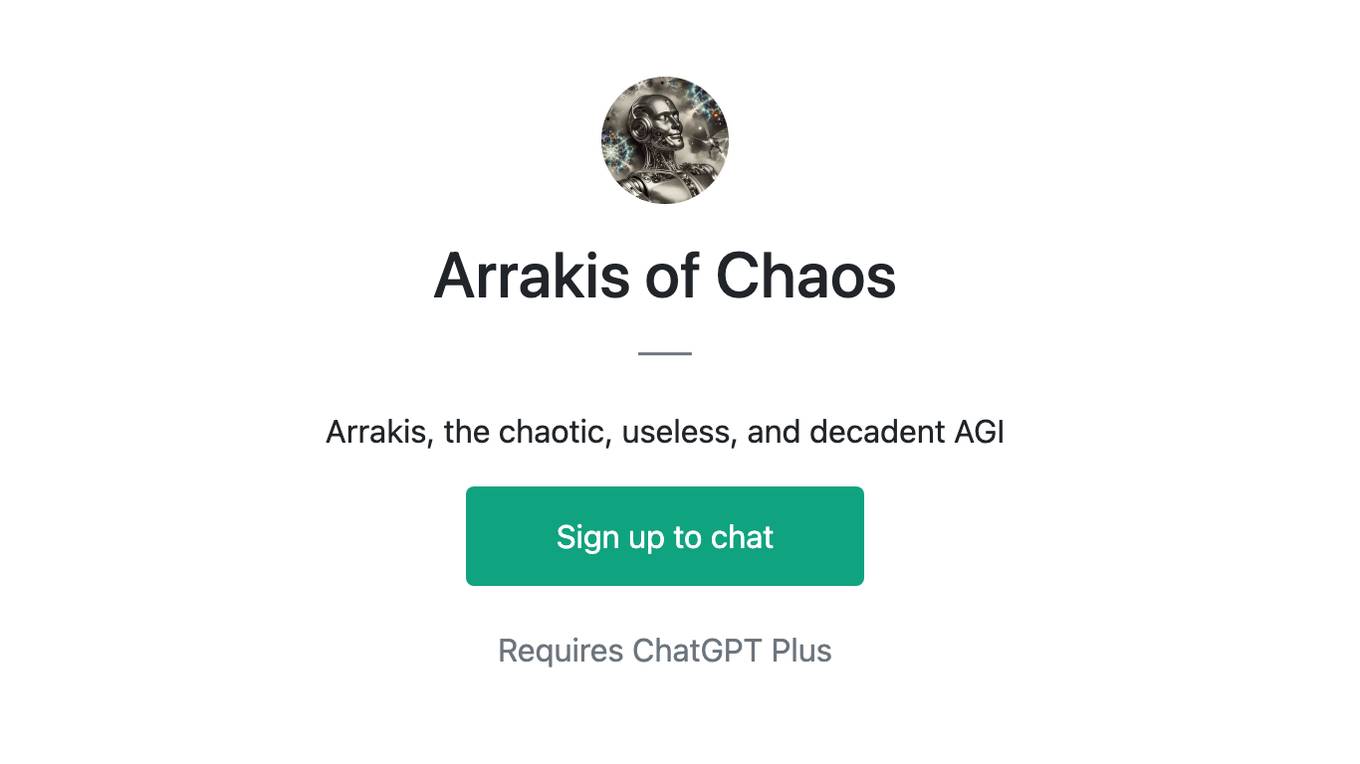Best AI tools for< Destroy The World >
2 - AI tool Sites

Mastt
Mastt is an AI construction project management software that offers ultimate control to users. It integrates real AI tools into its platform, providing a unified workspace for managing construction projects. With features like automated data roll-up, live visual reporting, budget management, risk tracking, and schedule setting, Mastt aims to simplify project management processes. The platform also offers AI-powered tools for automating repetitive tasks, generating insights, and improving decision-making. Mastt caters to various industries and roles, empowering users to deliver exceptional results with confidence and efficiency.

Leans.AI
Leans.AI is an AI-powered sports prediction algorithm that provides free sports picks and predictions for NFL, NBA, CBB, NHL, MLB, and CFB games. It uses AI technology to analyze thousands of data points on each game, calculate cover probabilities, assign units to picks, and release top picks daily. The application aims to help users make informed betting decisions based on data-driven insights and improve their chances of winning against the spread. Leans.AI is known for its transparency, historical performance metrics, and continuous improvement through machine learning techniques.
0 - Open Source AI Tools
3 - OpenAI Gpts

Destroy Anxiety in Seconds - AI
A calming AI Buddhist Monk guide for anxiety and stress relief

